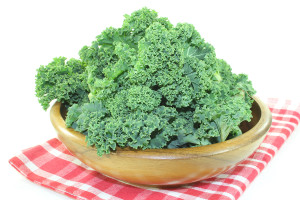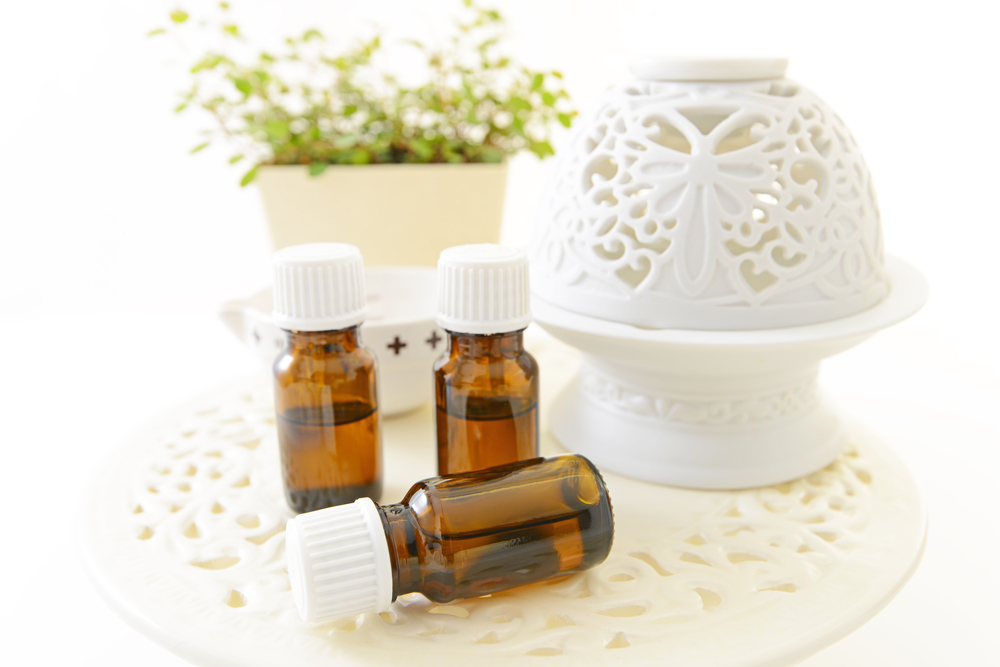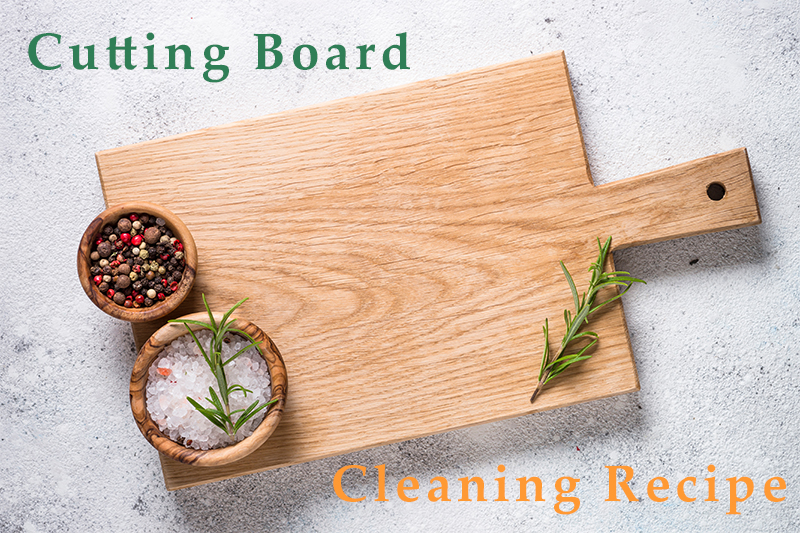
Can Kale Really be Bad for Us?
This humble Brassica vegetable is closely related to the wild cabbage and is packed full of vitamin A, vitamin K, vitamin C and Magnesium… amongst other antioxidants and Omega 3s highly beneficial in our diet for our health.
Kale is deemed to be a modern day superfood. Its NOT nutrition alone that is so very impressive, as described in our Kale nutritional facts blog post here.
Studies show that Kale can legitimately be called a superfood, it is one of the high antioxidant vegetables. Containing high amounts of vitamins is just the beginning! The phytonutrient indole-3-carbinol properties aid in our DNA cell repair. Hence slowing the growth of cancer cells. With Kale’s sulforaphane content, it helps fight and prevent colon and prostate cancer. Broccoli has reportedly helped some people fight off and reduce prostate cancer. It also has properties that studies show ca ease lung congestion, and is beneficial to your stomach, liver, and immune system.
Is There a Bad Side?
This really is a superfood, but that said, lets look at why it has got some people talking about a possible negative side.
We all know the importance of fibre in our diet, however Kale has such high fibre it can be hard on the digestive system, especially if you suffer with IBS. There is no concern for panic here, as most people who eat Kale in moderation won’t have a problem.
So don’t let this stop you though because the benefits far outweigh the possible issues unless you have digestion or bloating issues.
The other issue to watch is that cruciferous vegetables, including kale contains small amounts of substances that can affect the function of the thyroid gland, so anyone with a Thyroid problem should cook it first. About the most common cause of goiters is an iodine deficiency. Incidentally Selenium can support iodine levels which may support a healthy thyroid. Eating a few Brazil nuts every day is good source. Seaweed is a good source of iodine also.
I grow Kale, so love eating it both raw and cooked. If you buy, look for organic Kale as pesticides are used heavily during the growing process.
I cook it up in delicious Kale recipes and use it in juices and smoothies. Like most other foods we eat, be sensible and eat in moderation. Listen to your body, pinpoint the problem food and refrain from eating it in the future if you feel bloated or uncomfortable after eating something.
Eating Kale has huge vitamin and antioxidant benefits for our health and nutrition, so please don’t “throw the baby out with the bath water”
Easy Suggestions to Get Around It
– Remove tough stems (white bits in the middle)
– Eat no more than about a handful every day.
– Eat raw Kale in moderation, chopping it up well before consuming
– Try adding it to juices or smoothies, as this breaks down the fibres.
– Use the young, small tender leaves in a salad.
– Wash Kale before eating
– Cook it first (steaming it or adding to stir frys is popular)
Grow Kale easily in pots or in the garden – It is easy to grow, I love being able to pick off the Tuscan “blue” Kale leaves at will. It’s tough to the elements…we get hot dry conditions and frosts in winter. the kale keeps on keeping on!
Bottom Line: Most people can eat and still enjoy the huge benefits of Kale… in moderation. Rotate eating with other greens. If you have digestion or Thyroid issues, cook it before eating.
Check out these scrumptious Paleo dessert recipes for a sweet treat after dinner.
[button link=”http://www.amazon.com/Paleo-Recipes-People-Breakfast-Desserts-ebook/dp/B00ED1WMW6″ type=”icon” icon=”people” newwindow=”yes”] Read more about Amazon author Jane Burton here.[/button]




